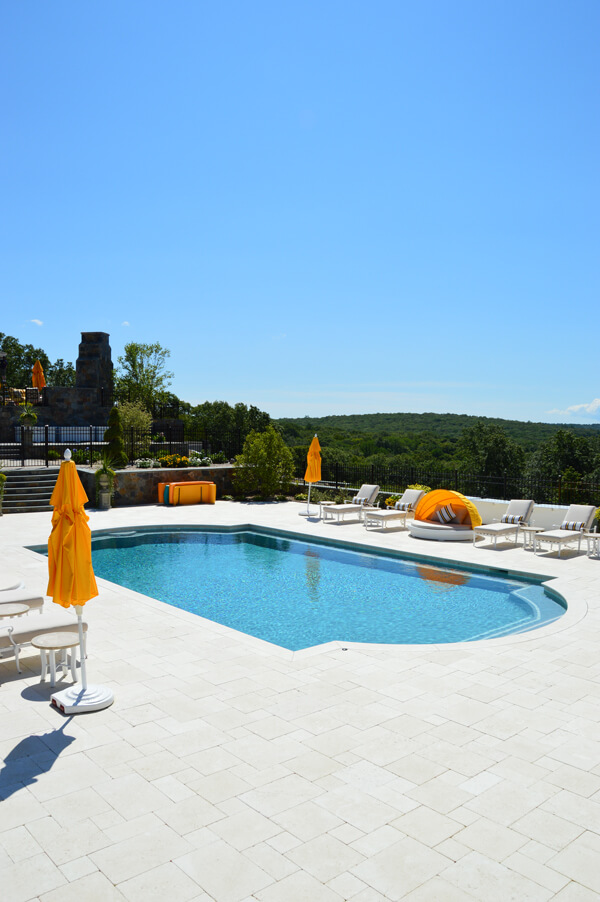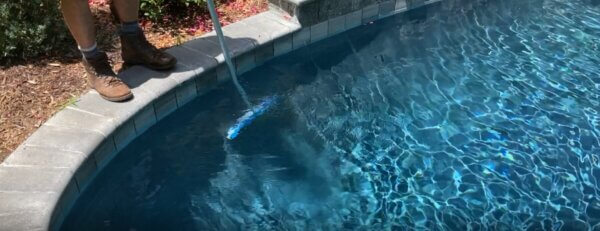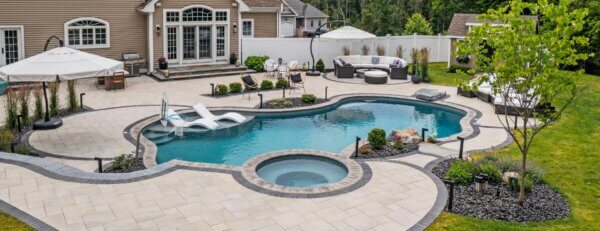How to Winterize Your Pool
As a pool owner, one of the most important maintenance steps you can take all year is to ensure that your pool is properly “winterized” before closing it at the end of swimming season. Taking the time to winterize your pool will pave the way for an easier opening in the spring, and more importantly, will prevent costly damage to the pool’s structure, systems, and equipment. Here are some of the key steps involved in winterizing your pool:
- Begin the pool closing process at the appropriate time. The optimal time to close your pool depends on the weather in your area—if it’s too warm outside when you start the closing process, algae may grow rampantly before springtime. On the other hand, if you wait too long, freezing temperatures could cause catastrophic damage. Some say it’s time to close your pool when the water temperature is consistently below 60 degrees, because at this point, algae and microorganisms become dormant. Others take advantage of their automation systems, wait until after the leaves have fallen, and winterize “late”, even into mid-November (especially those with an attached spa). We find that most Aqua Pool customers close their pools in October.
- Remove all accessories. One of the first steps in winterizing your pool is to remove the skimmer baskets, ladders, cleaners, and other accessories, and store them in a safe place for winter.
- Clean the pool thoroughly. In order to properly balance the water chemistry before winter, it’s important to skim, vacuum, and brush the pool, thoroughly removing debris.
- Test pool water. A few weeks before closing your pool, test the water in order to gauge chemical levels. Ensuring that the water is balanced before closing will help inhibit the growth of algae and microorganisms, thereby keeping the water clean and making it easier to get ready for swimming in the spring. If you’d like to have your pool water professionally tested, simply bring a sample to our East Windsor location, where we offer free water testing using specialized software that measures chemical levels more accurately than store-bought strips. We can then make specific recommendations for which chemicals need to be added prior to closing.
- Blow out the plumbing lines. When it comes to preventing costly damage, blowing out the plumbing lines is one of the most important steps to winterizing your pool. If there is any water left in the lines, it could cause leaks and burst or fractured pipes when temperatures fall below freezing. In addition, water and debris must be removed from the filter, pumps, and heater.
- Cover the pool. Once you’ve taken all the steps needed to keep your pool clean and protected over the winter months, the last thing to do is to put on your cover of choice.
Winterizing your pool is a much more complicated—and important—process than opening it in the spring. Therefore, we strongly recommend leaving it to the professionals. At Aqua Pool, our team of PHTA (Pool and Hot Tub Alliance)-trained maintenance professionals have the knowledge, experience, and equipment needed to perform all the steps involved in properly winterizing your pool, ensuring that it will be clean and ready for you to enjoy when swimming season returns. Our pool closing services are in high demand, so call us today at (860) 623-9886 to get on our schedule!









